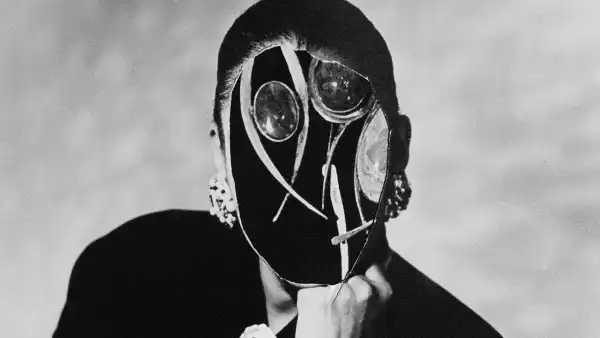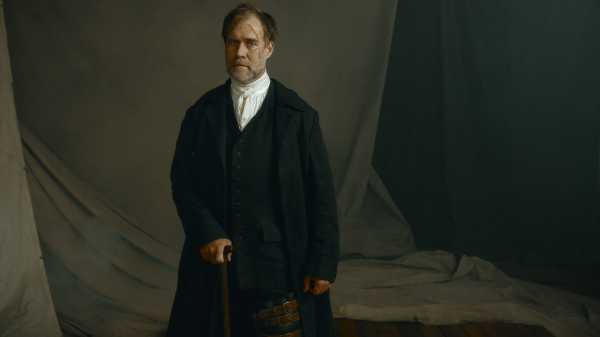
Save this storySave this storySave this storySave this story
Jane Bua
Bua writes about classical music for Goings On.
You’re reading the Goings On newsletter, a guide to what we’re watching, listening to, and doing this week. Sign up to receive it in your in-box.
Among the most notable opening lines in literature is undoubtedly that of Herman Melville’s “Moby-Dick.” For just three words, “Call me Ishmael” packs a lot: a name, a metaphor, a friendship offer, an order. But the opera “Moby-Dick” doesn’t begin with that line; it earns it. In Jake Heggie’s score, the words appear instrumentally as an ebbing four-chord motif, but only when the story has finished, when it’s ready to be written down, are they uttered aloud. The character, who goes by Greenhorn in the opera, is “the needle pulling the thread of the audience with him,” Gene Scheer, the librettist, told me. “We’re watching it happen in real time.”
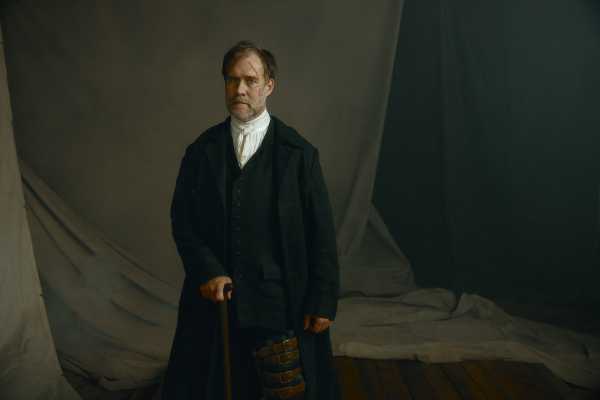
Brandon Jovanovich plays Captain Ahab in “Moby-Dick.”Photograph by Zenith Richards / Courtesy Met Opera
Beginning March 3, you can watch it in real time at the Metropolitan Opera, an arrival that has been years in the making. The new production doesn’t stray too far from its original form—any kinks in the libretto and music were worked out long ago, around when it first premièred in Dallas, in 2010. The Met, being the Met, offers a more expansive canvas. Notably, it has height. The opera takes place entirely on the water, forgoing the first sixteen land-bound chapters of its source text. Masts and ropes extend upward and are climbed by sailors, some bodies even ascending out of frame. On this new stage, the same altitude doesn’t eschew visibility. “The set is kind of like a giant skateboard ramp,” the director, Lenny Foglia, told me. “We’ve always had the height, but we’ve never been able to use it fully.” The stage itself also stretches about a foot out this time. Heggie told me, “Lenny has extended it over the pit, so it will be right in the audience’s face the whole time.” If you get hit with sweat, it’s simply more immersion.
The Met’s version also has updated technology—the opera uses nautical projections designed by Elaine McCarthy—and an expanded ensemble. “This will be by far the largest presentation of the production,” Heggie told me. “It’s herculean.” The principal vocalists—including the tenor Stephen Costello, who premièred the character of Greenhorn back in 2010; the tenor Brandon Jovanovich, as Captain Ahab; and Ryan Speedo Green, as the royal Polynesian harpooner Queequeg—and a robust chorus are bolstered, of course, by the Met’s orchestra. Will the famous whale continue to elude the audience as it has Ahab? “We may see a little bit more of it this time,” Foglia hinted, coyly. If there was ever a venue for it, it’s this one.

About Town
Indie Rock
As Father John Misty, the singer and multi-instrumentalist Josh Tillman stages albums as little psychodramas. Since his brief stint with the band Fleet Foxes, Tillman has built out existential concept records that span folk, big-band jazz, soft rock, and indie pop, with a satirist’s eye for the disturbingly absurd. His sophomore record, “I Love You, Honeybear,” which turned ten this month, was a breathtaking and baroque deconstruction of self, but subsequent releases have looked outward (and skyward), considering nihilism, celebrity, mortality, divinity, and their intersections. On his album from last year, “Mahashmashana,” which takes its title from a Sanskrit word for the cremation pit, he riffs on the idea of the place where the universe dies and is reborn, continuing a probing journey toward spiritual revelation.—Sheldon Pearce (Beacon Theatre; Feb. 26.)
Off Broadway
Hal (Elijah Jones), the young protagonist of Dakin Matthews’s “Henry IV”—an amalgamation of Shakespeare’s “Henry IV, Part 1” and “Part 2”—lives so dissolutely that his father (Matthews), the king of England, openly wishes his son had been switched at birth with the spitfire soldier Hotspur (James Udom). Yet Hal’s shenanigans, pursued in the company of Sir John Falstaff (Jay O. Sanders), that poor man’s bon vivant, mask aspirations of greatness. Likewise, this production meets the eye humbly, no more than a small stage with two chairs. Then, largely through the force of its language—wisely foregrounded by the director, Eric Tucker, and vivified by a cast with several standouts, including Udom and Sanders—it grows to encompass a murmuring woods, a raucous pub, and the rocky, sometimes treacherous terrain of personal ambition.—Dan Stahl (Polonsky Shakespeare Center; through March 2.)
Art
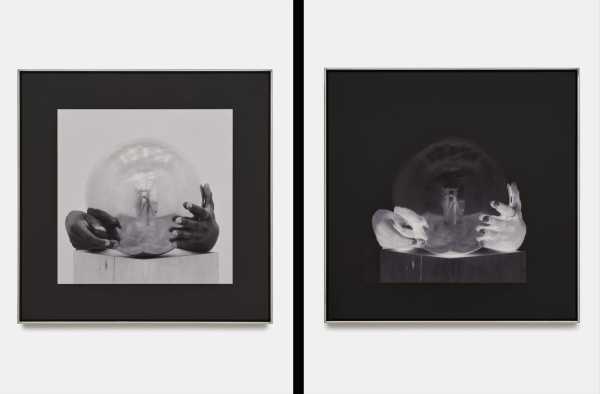
Paul Mpagi Sepuya’s “Gallery Gazing Ball (DSCF3246)” (2024) and “Gallery Gazing Ball Negative (DSCF3246)” (2024).Art works courtesy the artist / Bortolami; Photographs by Guang Xu
In Paul Mpagi Sepuya’s elegant new show, “TRANCE,” there are two pictures redolent of nineteenth-century spirit photography (which purported to record the departed). In them we see hands hovering near a translucent crystal ball that transfix, in part because Sepuya lets them rest in the scale that suits the intimacy of the spirit within. For years now, the forty-two-year-old artist has included a silver globe in his large-scale color photographs, and it’s back again here, sometimes representing the act of seeing itself. Taking the studio as a big theme, Sepuya uses photography to describe what Matisse tried to get at in his “Red Studio” (1911): the question of what is the artist’s home? A place of rest, or repose? And without the artist in the picture, what does it tell us about his spirit? Sepuya’s studio is a queer space, affording him the “trance” of artistic creation, maybe with a little trance music in the background; each photograph brings about a heightened consciousness.—Hilton Als (Bortolami; through March 1.)
Off Broadway
Bess Wohl’s deft, discursive memory play “Liberation,” directed by Whitney White, mainly takes place in the nineteen-seventies, in an Ohio rec center, during the weekly meeting of a consciousness-raising group. Struggles abound: Lizzie (Susannah Flood) worries she’s insufficiently radical; Margie (Betsy Aidem) regrets her marriage; Celeste (Kristolyn Lloyd) compartmentalizes her emotions. (They almost all hate their bodies, then strip in a liberatory scene.) Wohl, seemingly using Flood as her avatar, tells us she’s simultaneously paying tribute to her mother—the real Lizzie—and grieving feminist progress itself. Wohl admits her own limitations (particularly on matters of race), and doesn’t offer explicit solutions. The play implies one, though: every scene shows the women gathering, week by week, in person, as the work of solidarity moves over and through them.—Helen Shaw (Laura Pels; through March 30.)
Dance
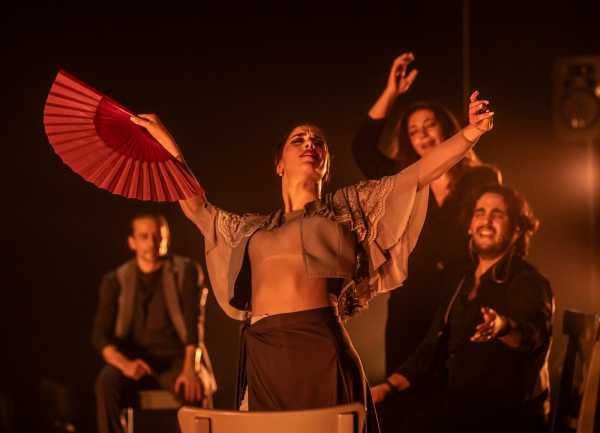
From left: the dancers and co-creators of “Alter Ego” Alfonso Losa and Patricia Guerrero, and the singers Sandra Carrasco and Ismael de la Rosa González (El Bola).Photograph by Beatrix Molnar
The annual Flamenco Festival returns to City Center with a strong lineup of familiar artists spread across three productions. “Alter Ego” is a two-hander for Alfonso Losa and Patricia Guerrero. He’s polished, she’s playful; what happens when they get together? “Muerta de Amor” is the latest from Manuel Liñán, whose signature cross-dressing is just the most obvious sign of his open imagination. He’s backed by men in black in an exploration of desire and its absence. The closer is the august Eva Yerbabuena, still a wonder. Her “Yerbagüena (Oscuro Brillante)” is built around contrasts combined, like the “bright darkness” of the subtitle, or the traditional and the avant-garde.—Brian Seibert (City Center; March 6-9.)
Movies
For her first feature, “L´Homme-Vertige: Tales of a City,” the Guadeloupian filmmaker Malaury Eloi Paisley returns, after years abroad, to her home town of Pointe-à-Pitre and interviews a few fascinating but troubled residents. Among them are Eddy, an energetic rapper who’s addicted to crack; Ti Chal, a former revolutionary activist who, long ago, met Fidel Castro, and now lives in a retirement home while battling cancer; a grizzled and taciturn poet named Eric; and Priscilla, a young woman who lives in a housing project that’s being demolished. In poised and probing images of the cityscape in decay, Paisley conveys the participants’ grandeur amid ruins. Above all, she reveals a state of mind—people frozen in time by the cold and distant grip of metropolitan France on their lives and their history.—Richard Brody (BAM Cinemas; March 1.)
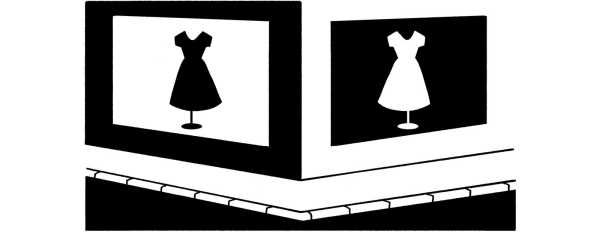
On and Off the Avenue
Rachel Syme on the return of the Penny Lane coat.

Illustration by Maria-Ines Gul
This year marks the twenty-fifth anniversary of Cameron Crowe’s “Almost Famous,” the director’s stylish semi-autobiographical film about an aspiring teen-age music critic in the nineteen-seventies who goes on tour with a sybaritic rock band. The film remains beloved for many reasons—including Philip Seymour Hoffman’s perfect performance as the unsparing critic Lester Bangs, who dishes out the indelible advice that “The only true currency in this bankrupt world is what you share with someone else when you’re uncool”—but chief among them may be the louche, bohemian costumes, designed by Betsy Heimann. Perhaps the film’s most iconic piece is a long, green suède coat with an oversized white shearling collar and matching cuffs worn by Kate Hudson, as the ingénue Penny Lane, a free-spirited moppet who follows the band around but insists she is not a groupie. (She prefers the term “band aide.”) Heimann later admitted that she cut up an Urban Outfitters shag rug to make the coat’s furry trimmings. What began as a unique D.I.Y. project has spawned many riffs—and has come roaring back into fashion. The “Penny Lane coat” seems to be newly everywhere this season; Dua Lipa recently stepped out in a Bottega Veneta burgundy-leather version, Bella Hadid was spotted wearing a tawny suède-and-shearling coat by Anna Sui this winter, and, over Super Bowl weekend, Taylor Swift swanned around New Orleans in a fluff-lined number by Charlotte Simone, a London-based outerwear designer whose vintage-inspired faux-fur pieces have become highly coveted owing to the fact that Simone releases just three limited drops per year. The next Simone drop, which will last only one week online, is on March 26—but, if you can’t wait, you can find plenty of authentic, pre-owned Penny Lane coats on Etsy and eBay. Nothing is more rock and roll, after all, than the real thing.
P.S. Good stuff on the Internet:
- How to stay sane and informed
- Is annoyance romantic?
- A bright fix for endless winter
Sourse: newyorker.com



